Brittany, a region located in the far west of France, is a peninsula jutting out into the Atlantic. There are seaside resorts on its wild coast such as Dinard or St-Malo, a fortified town built on the Channel. It is also home to the Pink Granite Coast which owes its name to the color of the sand and rocks. There are also a large number of menhirs (a kind of megalith) dating from prehistoric times.
The region is made up of 4 departments: Côtes du Nord (22), Finistère (29), Ille-et-Vilaine (35) and Morbihan (56). We do not forget the Breton gastronomy, the pancakes and the galettes, the kouings-amanns and the charcuterie. All accompanied by cider or chouchen, an alcoholic drink made from honey.
Morbihan
Morbihan is the only department which bears a Breton name (Mor-Bihan), it means “Small sea”. The Gulf of Morbihan is the link between the ocean and the continent. All the colors blend into its landscape: the blue of the rivers with the Nantes-Brest canal, the green of the forests including that of Brocéliande and the legend of Merlin, the gold of the shores as on the side of Quiberon.
The department offers tours of a varied heritage from the countryside to various villages such as Josselin and its castle, Rochefort en terre or La Gacilly, the cradle of the Yves Rocher company. Chapels, castles, museums and alignments of the Carnac menhirs take you on timeless journeys.
Culture and gastronomy
Morbihan is also about fifty small islands and islets including Groix, Houat, Houëdic and the largest, Belle-Île. On the cultural side, let’s not forget the dances and music as well as the traditional outfits for parties and weddings. Bagad remains a must during fest-noz and fest-deiz in towns and villages. Moreover, these gatherings have been inscribed on the intangible cultural heritage of humanity since 2012 and cross borders. In addition, the city of Lorient organizes the Interceltic Festival every year. It touches all forms of music from Celtic countries, from ancient songs to rock and jazz.
As for gastronomy, we can no longer count the specialties of Morbihan: Crème de Salidou, niniches from Quiberon, sardines from Belle-Iloise, Desplousse chocolate oysters, boxed gingerbread cakes and cider from the distillery of Gorvello are found on the tables.
Belle-Île-en-Mer
Belle-Île-en-Mer, more commonly called “Belle-Île”, is a rocky French island located in the Atlantic Ocean, in the south of Brittany in the department of Morbihan, It is the second of the large islands of the front Atlantic, after Oléron.
You can reach Belle Île by boat, all year round, from Quiberon, there is a 45-minute crossing. Between April and September, shipping companies serve the island from the ports of Vannes, Port Navalo, Le Croisic and La Turballe.
Over a length of 17 km long and 9 km wide, the island, made up of 4 villages, offers unmissable landscapes for hikers on foot or by bicycle. You must absolutely see the Vauban citadel, the fort Sarah Bernhardt and the Pointe des Poulains, the needles of Port Coton and the lighthouse of Goulphar.
An unmissable landscape
The capital, Le Palais, a fishing and commercial port, is home to nearly 5,300 inhabitants. To the north-west is the small port of Sauzon, while Locmaria, the southernmost village in Brittany, is at the tip of the island. Inland, we discover Bangor, in the heart of the island countryside. An impressive and varied landscape awaits tourists, from wild coasts to moors through steep cliffs, secret coves, sea caves and small rias complete the picture, not to mention the tens of kilometers of trails.
The most beautiful sites of Belle-Île
The Vauban Citadel
The Vauban citadel dominates the harbor of Le Palais. Built in the 11th century, Vauban made it from 1683 one of the best strongholds in France. There is a place of arms and an arsenal with its curtain walls, casemates and powder magazines. It also houses a museum dedicated to the history of Belle Île.
Fort Sarah Bernhardt and Pointe des Poulains
This 19th century fort located in the far north of the island bears the name of the famous French actress Sarah Bernhardt. She spent all her summers there for 30 years, accompanied by her pets: parrot, chameleon, a crocodile and a boa! Restored in the 2000s as well as the 2 villas, they become a museum dedicated to the tragic actress.
Pointe des Poulains offers a magnificent view on a clear day of the island of Groix, Lorient and the bay of Quiberon.
The needles of Port Coton
Les Aiguilles du Port Coton is one of the most emblematic places on the island because of its landscapes immortalized by the painter Claude Monet. We discover a wild view of the town of Bangor and the steep cliffs battered by winds and waves. A real inspiration for walkers and photographers!
Goulphar lighthouse
Opened in 1836, it is one of the most powerful lighthouses in Europe. With its 152 meters, this large granite lighthouse dominates the site of Port Coton. You have to climb 247 steps to reach its summit and admire a view of the wild coast. In addition, an exhibition on the ground floor explains the history of the lighthouse and the daily life of the 4 caretakers.
The Church of Locmaria
Consecrated in 1070 by the monks of the Abbey of Ste Croix de Quimperlé, the church of Locmaria, at the eastern tip of the island, is said to be the oldest. Attached to the parish of Sauzon Belle-Île in the diocese of Vannes, the church is placed under the patronage of Our Lady of the Assumption. Repaired and enlarged in 1694, the bell tower and its dome in the shape of a pepperbox was added in 1714; the side chapel in 1868.
Legend and votive offerings
The legend of Notre-Dame du Bois-Tors says that the crew of a Dutch ship cut down the elm standing in front of the church to replace the mast. The trunk began to roll and then stiffen during cutting and the sailors set off without a mast.
Inside, an Ex-Voto, a boat suspended above the faithful, made in Locmaria. It includes 108 guns spread over three decks, the name of the sculptor, Hermite Denis and the year of construction, 1862, inscribed on the forecastle. The ex-voto is 2.80 meters long and 2.38 meters high, with a wingspan of 1 meter.
The Port of Sauzon
The Port of Sauzon is one of the most beautiful fishing ports in southern Brittany. It is also one of the favorite villages of the French. It is distinguished by its village built on the left bank of the estuary. We discover white houses with colored shutters, shops, restaurants and craftsmen.The right bank remains preserved.
Marina, installed on the Sauzon estuary, it offers 60 berths, the Port Bellec heritage has 32 and the outer harbor, 40 for monohulls.
His history
The history of Port Sauzon dates back to the 3rd century. At that time, Saxon looters made it their base to carry out their misdeeds on the continent. In the 5th century, the Bretons, back on the island, developed agriculture and fishing. In the 19th century, sardine fishing allowed the construction of canneries supplied by hundreds of rowboats. At that time, it was called Port Philippe, following the obtaining of credits by King Louis-Philippe. At the end of the 20th century, the outer harbor was built with a riprap dike.
The beaches
The most famous beach on the island is Donner Beach, frequented by surfers because of the rollers it deploys. The twin beaches of Bordery and Deuborth still have some of their old defensive walls. 2 or 3 kilometers south of Pointe des Poulains, Ster Vraz is covered with gray sand and pebbles. Thanks to its cove sheltered from the winds, many pleasure boats can dock there.
The palace
The Palais, a marina, is the administrative and economic capital of Belle-Île. You can visit the Citadel of Vauban, many museums, galleries of artists, craftsmen and photographers. Among the latter is that of Philippe Ulliac. There are also good gourmet addresses.
A welcoming island
Belle-Île is a welcoming island, it offers many accommodations (hotels, residences, campsites, guesthouses, etc.). It also has a plethora of places to eat (restaurants, creperies, inns, etc.)
1 km from the Palace, “Le Clos Fleuri” offers the opportunity to relax in an “Art Deco” bar.
In Bangor, overlooking the bay of Goulphar, the “Castel Clara Hotel” overlooks the sea and the rocks. There is an indoor heated seawater swimming pool and a thalassotherapy center.
In another style, private individuals welcome tourists to the “Marie Galante” residence in Locmaria, where they can enjoy a magnificent view of the sea from the private terrace.












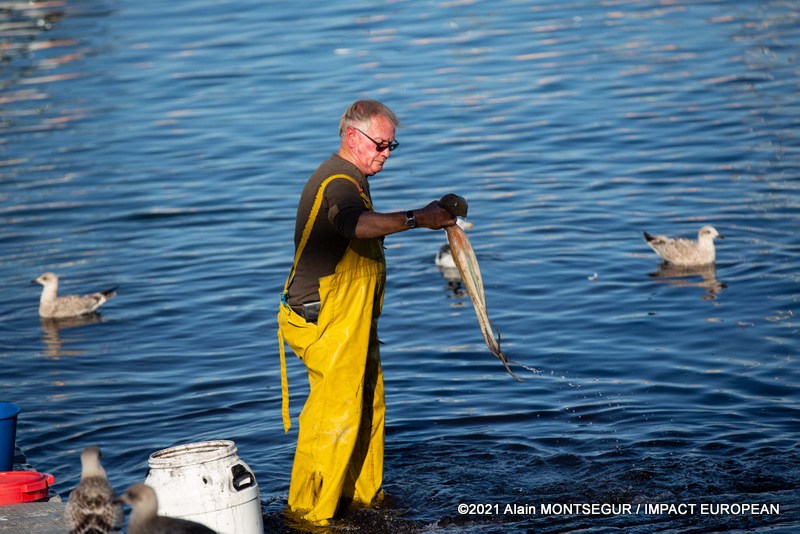



















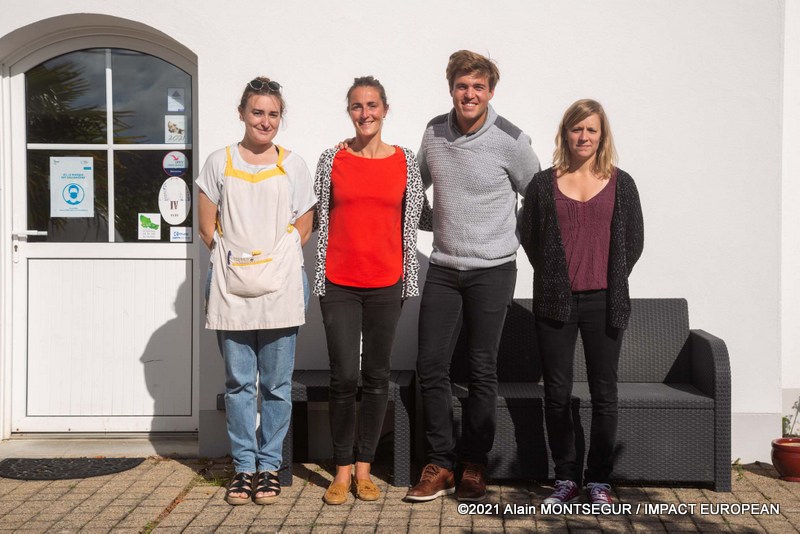




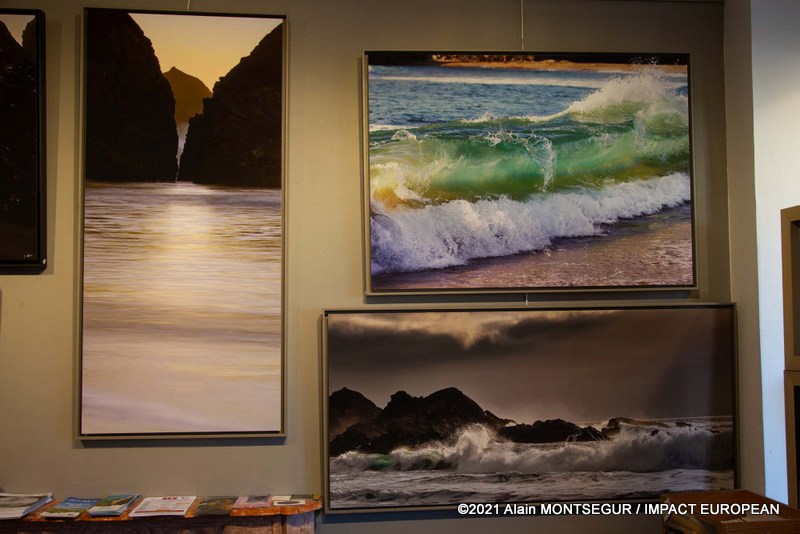
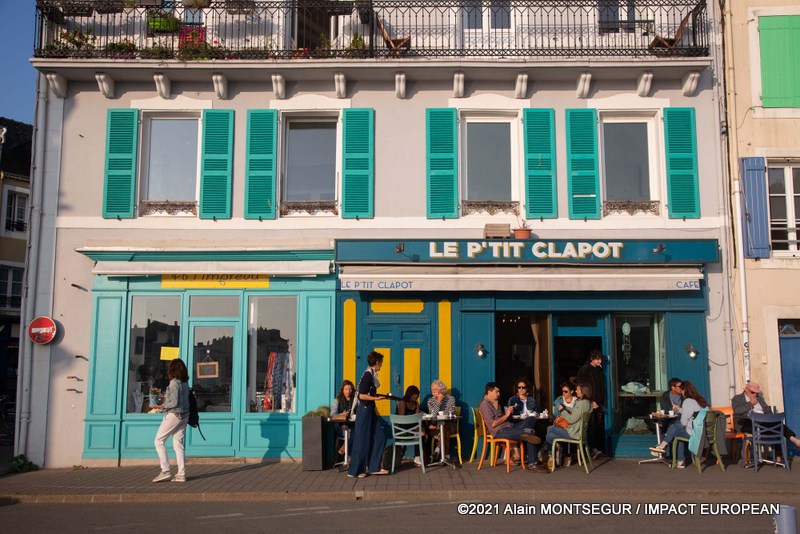









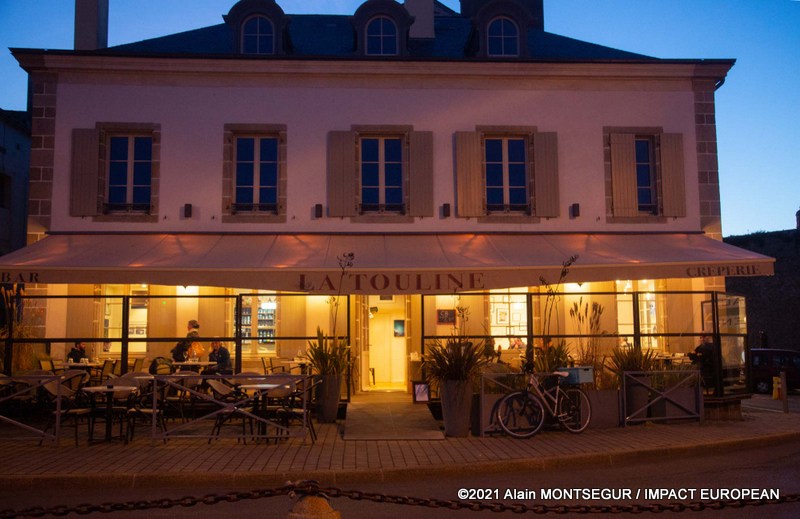
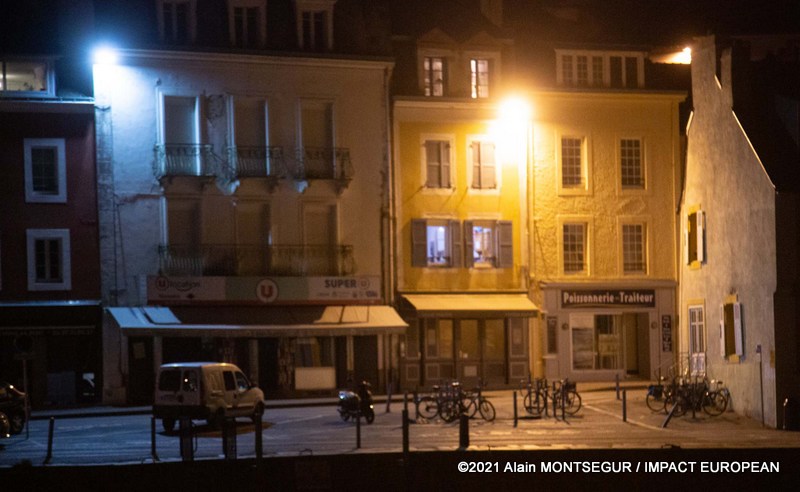

More Stories
The World Tourism Fair offers you the idea of a vacation
World Tourism and Nature Destinations Fair 2024
The world celebrated the New Year, from Sydney to Paris, from Dubai to New York